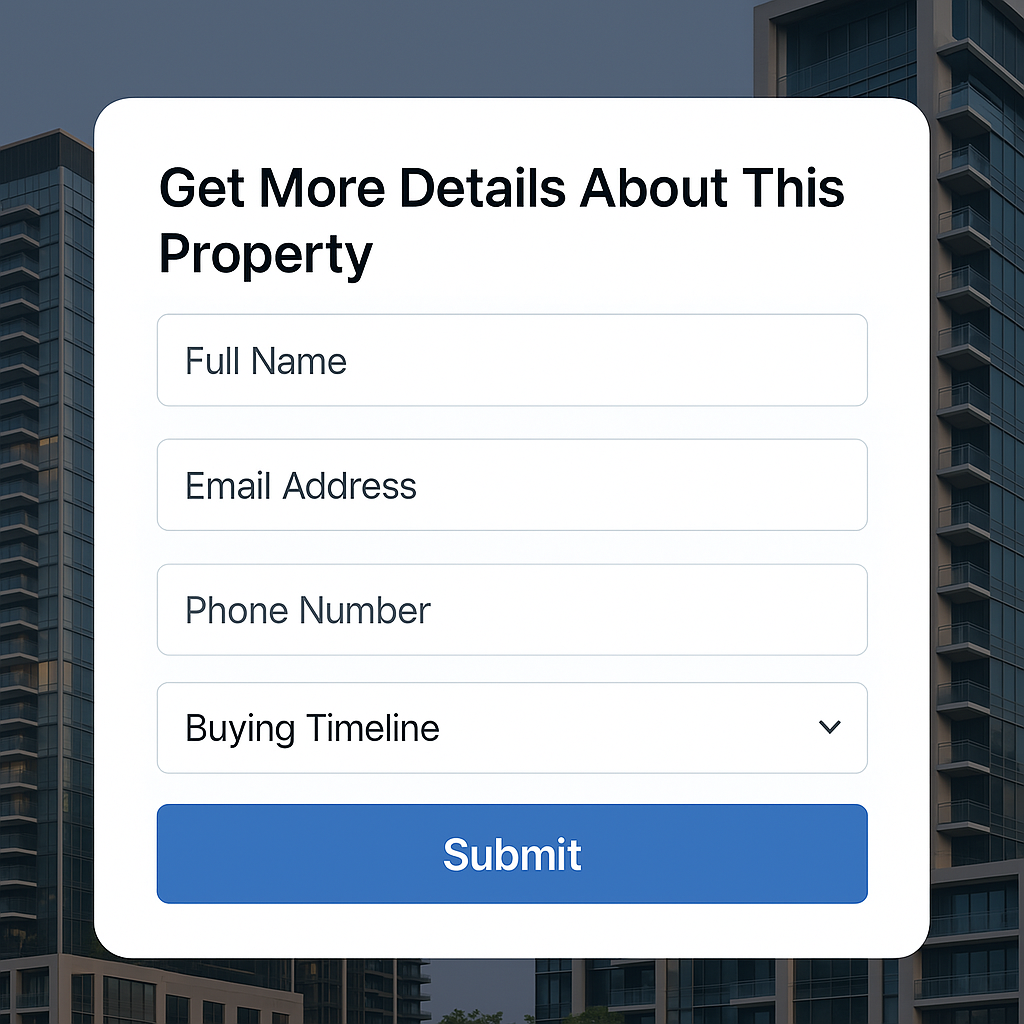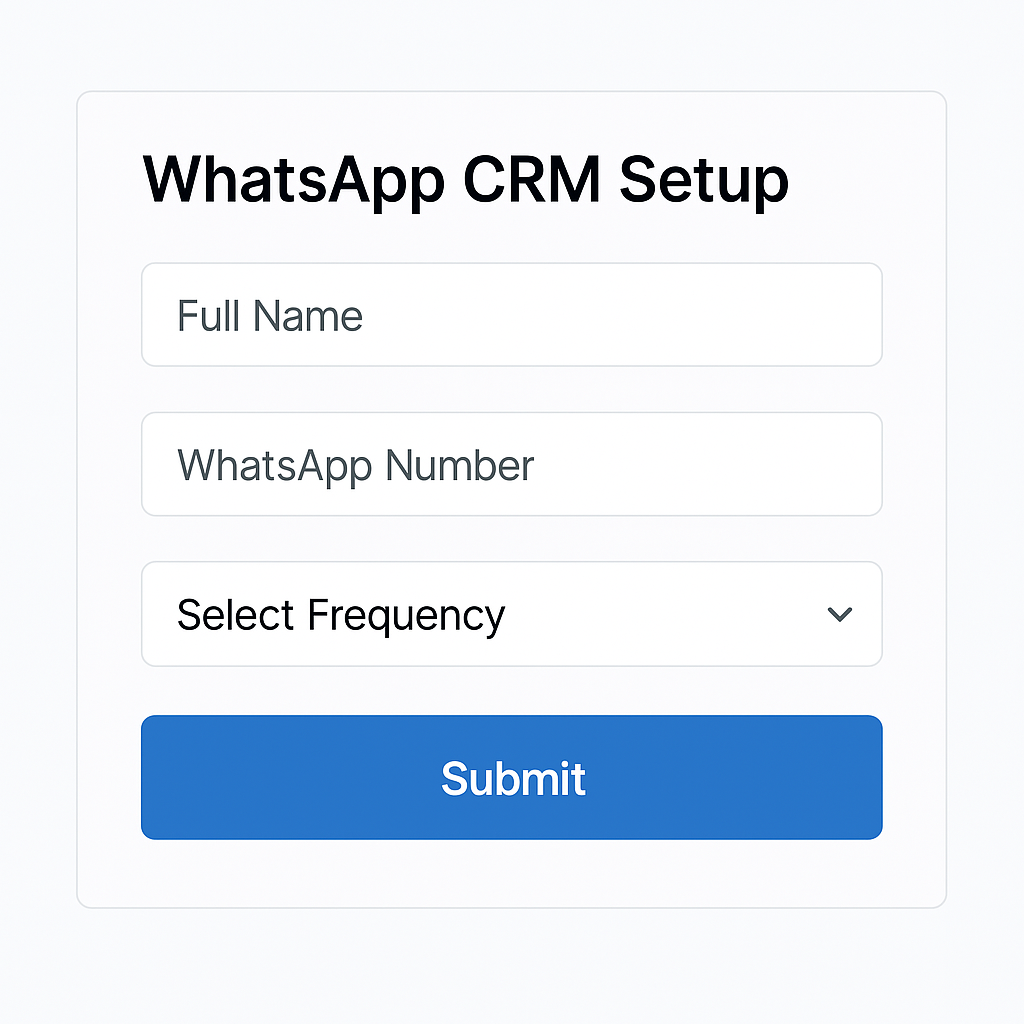Introduction
In today’s digital-first world, having a well-designed and functional website is essential for businesses and individuals alike. Website design and development play a crucial role in creating a strong online presence, improving user experience, and driving conversions.
This guide will walk you through everything you need to know about website design and development, including key principles, best practices, and tools to create a successful website.
What is Website Design & Development?
Website design focuses on the aesthetics and user experience (UX/UI), while development involves coding and functionality. A great website seamlessly blends both aspects to create a high-performing digital platform.
Key Elements of Website Design:
- User Experience (UX): Ensuring easy navigation and accessibility.
- User Interface (UI): Designing visually appealing layouts and interfaces.
- Mobile Responsiveness: Optimizing the site for various devices.
- Branding Consistency: Using brand colors, fonts, and visuals.
- SEO Optimization: Structuring the site for search engine visibility.
Key Aspects of Website Development:
- Front-End Development: Creating the visible part of the website (HTML, CSS, JavaScript).
- Back-End Development: Managing the server, database, and application logic.
- Content Management System (CMS): Platforms like WordPress, Shopify, or custom CMS solutions.
- Security & Performance Optimization: Implementing HTTPS, firewalls, and speed optimizations.
Types of Websites
1. Business Websites
Designed for companies to showcase services, build credibility, and attract clients.
2. E-Commerce Websites
Online stores with shopping carts, secure payment gateways, and inventory management.
3. Portfolio Websites
Ideal for creatives, freelancers, and agencies to showcase work and attract clients.
4. Blogs & News Websites
Content-driven sites for sharing news, insights, and opinions.
5. Landing Pages
Single-page websites optimized for lead generation and conversion.
Best Practices for Website Design & Development
1. Plan with a Clear Objective
Define the purpose of your website—whether it’s generating leads, selling products, or sharing content.
2. Focus on User-Centered Design
Ensure easy navigation, fast load times, and intuitive design elements to improve user experience.
3. Optimize for SEO
Implement on-page SEO tactics like keyword optimization, meta tags, and proper URL structures for better visibility.
4. Ensure Mobile-Friendliness
With over 50% of web traffic coming from mobile devices, responsive design is non-negotiable.
5. Implement Strong Security Measures
Use HTTPS, SSL certificates, and regular security audits to protect user data and prevent cyber threats.
6. Speed Optimization
Optimize images, enable caching, and use a content delivery network (CDN) to ensure faster page loading.
7. Use a Reliable Hosting Service
Choose hosting services like Bluehost, SiteGround, or AWS for uptime reliability and scalability.
8. Leverage Analytics & Monitoring
Track website performance using tools like Google Analytics, Hotjar, and SEMrush to refine strategies.
























